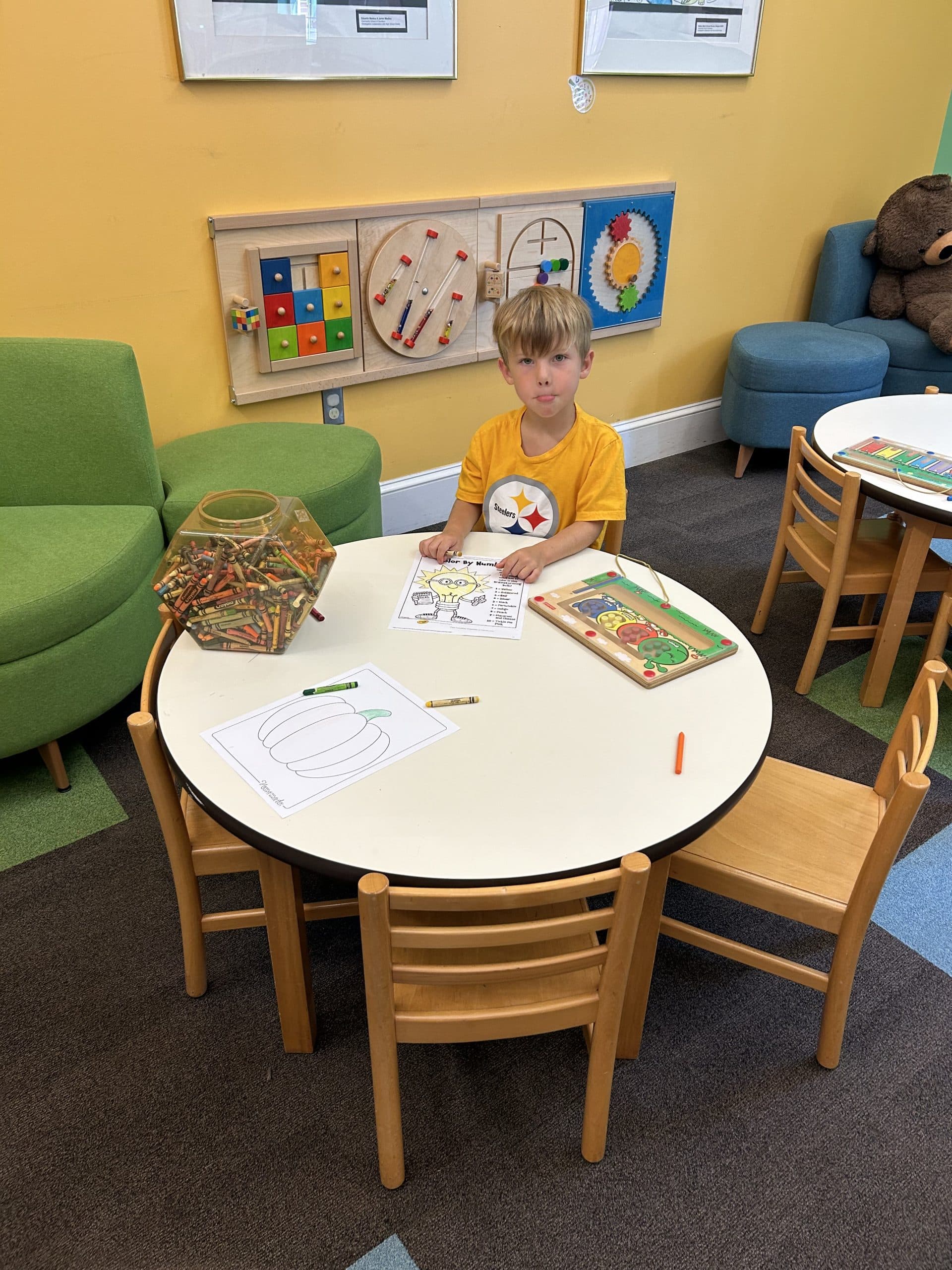Some classrooms in today’s educational system require students to sit still and be quiet. Others encourage students to move around and participate in discussion groups. The educators that encourage chatter and physical movement feel that activity is part of academic success and the learning environment. So, what is best, quiet or classroom chatter?
The classroom that builds movement, chatter and quiet independent time into the learning environment is, more than likely, to be the best of both worlds. It allows movement for the students that can’t sit still, and quiet for the students that need silence to concentrate.
Classrooms that have students sitting still and quiet all day are neglecting meaningful inquiry-based learning. Children learn better when they have the freedom to move, discuss, and experience hands-on activities. In the quiet classroom, students spend much energy complying with physical restrictions rather than concentrating on the content and skills of the material to be learned.
According to Aldous Huxley, “Language permits its users to pay attention to things, persons and events, even when the things and persons are absent and the events are not taking place.” In other words, language is the way we think and process information. Through productive classroom chatter we engage our students. We no longer expect students to memorize facts and regurgitate them later.
In today’s classrooms, we as parents and educators should expect students to engage in productive classroom chatter and physical movement while learning. Classroom chatter should not be restricted to simply checking comprehension. It should be part of the process in which learning takes place. Oral language is the basis of literacy.
With more and more testing in our schools, recess and the arts and sciences are being limited in the classroom. With this, physical movement and productive classroom chatter is at a minimum. The best learning environment has many options. There is not a standard solution nor is there a one-size fits all solution.
Student interaction (classroom chatter and physical movement) is desirable. Most educators agree that learning anything involves social participation (Voskowsky). Students need to practice classroom chatter through pair-share and group share as much as possible during the school day. Collaborative learning fosters language development and skills to process content.
Classroom chatter combined with physical movement benefits the whole child. Chatter and movement must be precisely taught and choreographed by the teacher. If not, it becomes chaotic. Forethought is a must in the planning process. The best of both styles are what we want for our students.
![]()


